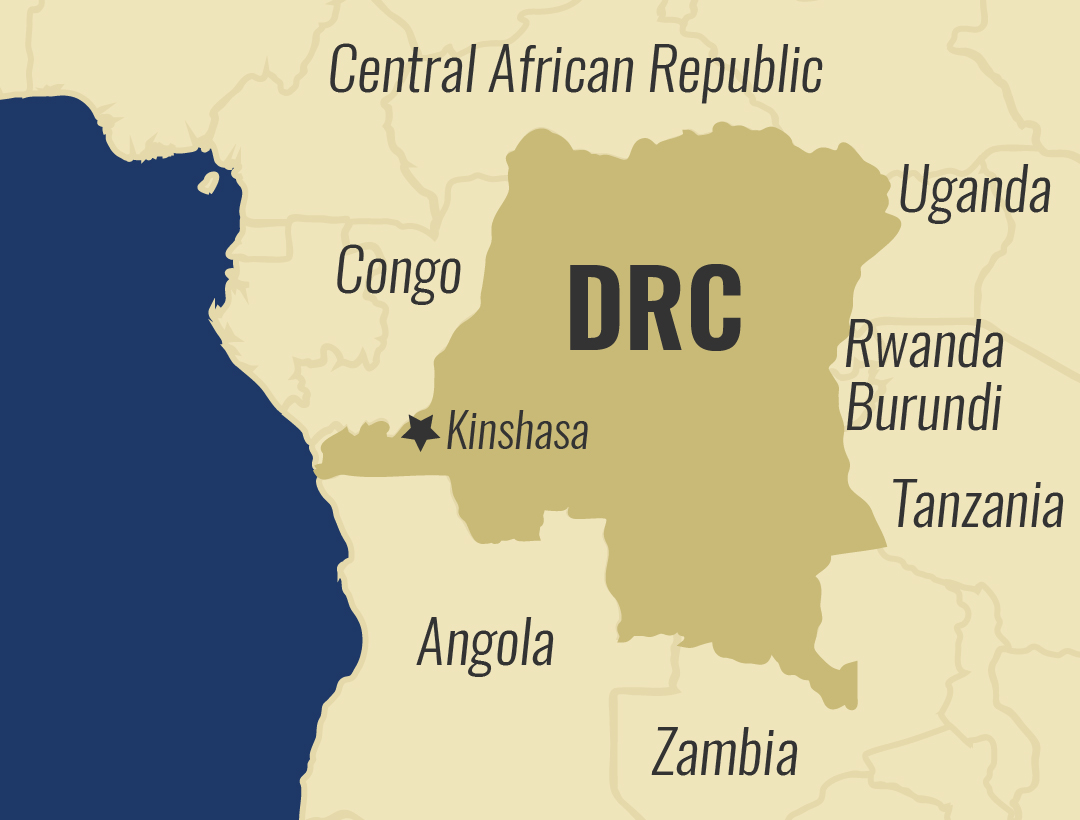Faces of Africa – Compassion Without Borders ( Episode 1): Africa Is Calling
Over the past half century, the number of Chinese medical workers has grown from 13 to more than 20,000.
Fifty years after the first batch of Chinese medical workers set foot in Africa, a team of Chinese doctors was deployed at the Juba Teaching Hospital.
The medics arrived in the South Sudan capital on 25 December, 2012 – Christmas Day – and the local doctors hailed their arrival as the best of all Christmas gifts.
More than 95% of South Sudan’s territory is savannah, and the annual precipitation is extremely high. Malaria-carrying mosquitos thrive in the hot, humid atmosphere. Two Chinese doctors were struck down within a week of their arrival.

In Madagascar, the first Chinese medical team arrived 42 years ago.
Since then, four Chinese medical stations have been set up – in the capital Antananarivo, and to its north, east and south.
The southern station is the Androy Region Reference Hospital Centre in Ambovombe. Here, in the arid, hot desert, fresh water is a luxury.
For 42 years, no Chinese medical worker had ever enjoyed a hot bath there.
Ambovombe is an arid place, and the only water the Chinese doctors could use, was desalinated seawater fetched from 50 kilometres away. Desalinated water causes a swollen belly and diarrhea when used by some people.
Still, even the supply of this desalinated seawater was intermittent due to the low water pressure.
This meant that the water heaters and flush toilets often failed to work. The men could at least find a quiet corner and shower under a bucket of cold water. But what about the women doctors?
Other Chinese medical teams are also deployed in other parts of Africa, including Tanzania’s Pemba island and Ethiopia’s capital, Addis Ababa. Even there, they face various challenges, but that does not stop them from undertaking their duties –saving lives.
Pemba, the second-largest island in Tanzania and is covered with tall lilac trees. It’s the largest producer of cloves in the world. Here, Chinese medical personnel are saving lives on a daily basis.

Before her retirement, Dr. Msim Hassan worked in Mnazi Mmoja Hospital on Zanzibar. Because it used to be surrounded by tall palm trees, it became known locally as the “Coconut Tree Hospital”. The largest hospital on Zanzibar, it serves up to a million people. As one of just four local doctors at the hospital, Dr. Hassan had to work round the clock. But one day, the heavy workload and her poor diet proved too much, and she collapsed.
Dr Hassan still remembers how she was cared for by her Chinese colleagues.
Three hundred kilometres to the south of the Ethiopian capital, Addis Ababa, lies Jima, the capital of Kaffa Province. Famous for the coffee grown here, Kaffa is said to have given coffee its name.
On the outskirts of Jima is a community known as the “China Seffer”, or Chinatown. An old lady called Rondo Halley lives here. People in China Seffer still talk about the friendship between her father.






